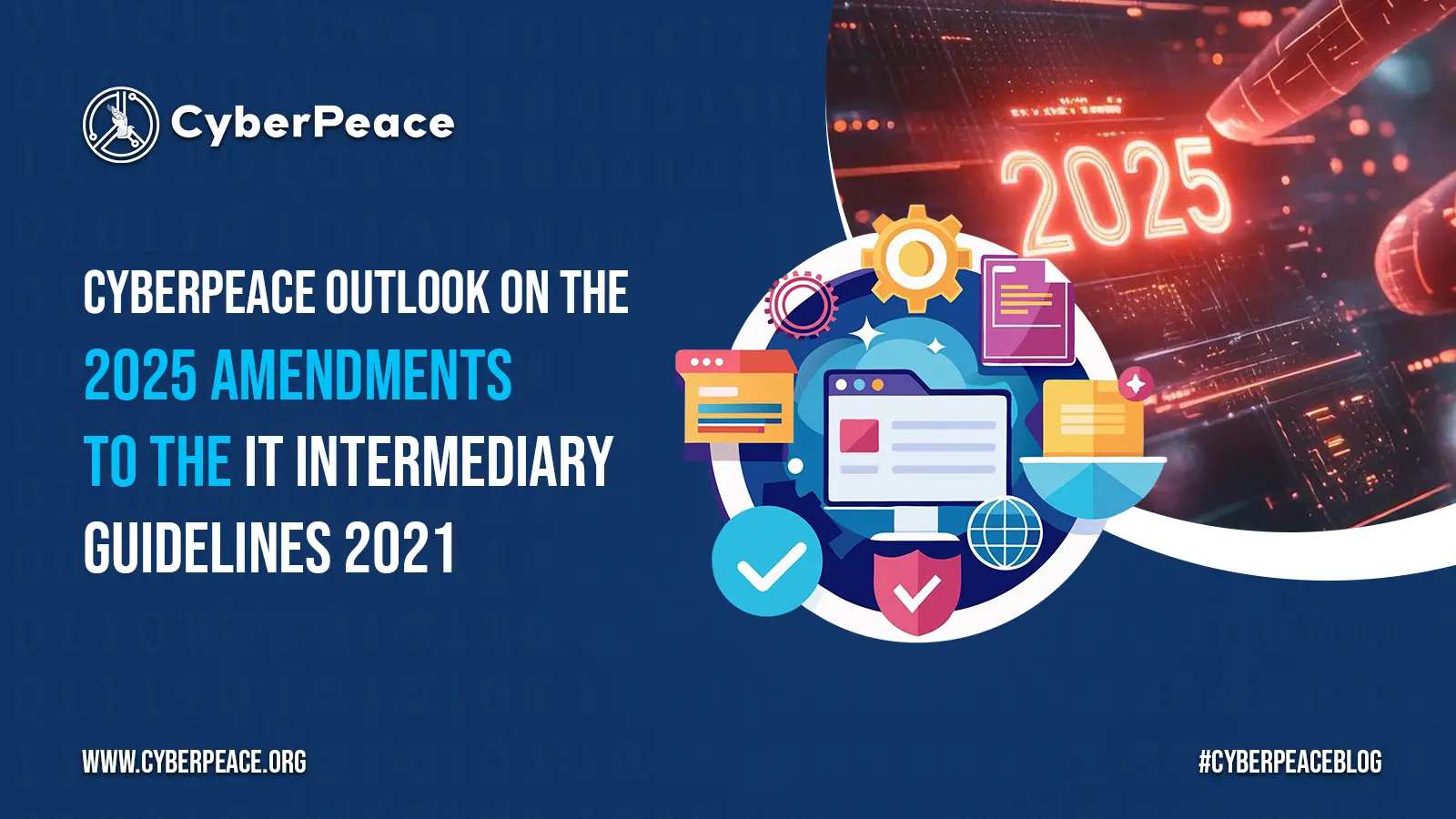Tackling Cyber Threats faced by MSMEs
Introduction
MSMEs, being the cornerstone of the Indian economy, are one of the most vulnerable targets in cyberspace and no enterprise is too small to be a target for malicious actors. MSMEs hardly ever perform a cyber-risk assessment, but when they do, they may run into a number of internal problems, such as cyberattacks brought on by inadequate networking security, online fraud, ransomware assaults, etc. Tackling cyber threats in MSMEs is critical mainly because of their high level of dependance on digital technologies and the growing sophistication of cyber attacks. Protecting them from cyber threats is essential, as a security breach can have devastating consequences, including financial loss, reputational damage, and operational disruptions.
Key Cyber Threats that MSMEs are facing
MSMEs are most vulnerable to are phishing attacks, ransomware, malware and viruses, insider threats, social engineering attacks, supply chain attacks, credential stuffing and brute force attacks and Distributed Denial of Service (DDoS) Attacks. Some of these attacks are described as under-
- Insider threats arise from employees or contractors who intentionally or unintentionally compromise security. It involves data theft, misuse of access privileges, or accidental data exposure.
- Social engineering attacks involve manipulating individuals into divulging confidential information or performing actions that compromise security by pretexting, baiting, and impersonation.
- Supply chain attacks exploit the trust in relationships between businesses and their suppliers and introduce malware, compromise data integrity, and disrupt operations.
- Credential stuffing and brute force attacks give unauthorized access to accounts and systems, leading to data breaches and financial losses.
Challenges Faced by MSMEs in Cybersecurity
The challenges faced by MSMEs in cyber security are mainly due to limited resources and budget constraints which leads to other issues such as a lack of specialized expertise as MSMEs often lack the IT support of cyber security experts. Awareness and training are needed to mitigate poor understanding of cyber threats and their complexity in nature. Vulnerabilities in the supply chain are present as they rely on third-party vendors and partners often, introducing potential supply chain vulnerabilities. Regulatory compliance is often complex and is taken seriously only when an issue crops up but it needs special attention especially with the DPDP Act coming in. The lack of an incident response plan leads to delayed and inadequate responses to cyber incidents, increasing the impact of breaches.
Best Practices for Tackling Cyber Threats for MSMEs
To effectively tackle cyber threats, MSMEs should adopt a comprehensive approach such as:
- Implementing and enforcing strong access controls by using MFA or 2FA and password policies. Limiting employee access as role based and updating the same as and when needed.
- Regularly apply security patches and use automated patch management solutions to prevent exploitation of known vulnerabilities.
- Conduct employee training and awareness programs and promote a security-first approach for the employees and assessing employee readiness to identify improvement areas.
- Implement network security measures by using firewalls and intrusion detection systems. Using secure Wi-Fi networks via strong encryptions and changing default credentials for the router are recommended, as is segmenting networks to limit lateral movement within the network in case of a breach.
- Regular data backup ensures that in case of an attack, data loss can be recovered and made available in secure offsite locations to protect it from unauthorized access.
- Developing an incident response plan that outlines the roles, responsibilities and procedure for responding to cyber incidents with regular drills to ensure readiness and clear communication protocols for incident reporting to regulators, stakeholders and customers.
- Implement endpoint security solutions using antivirus and anti-malware softwares. Devices should be against unauthorized access and implement mobile device management solutions enforcing security policies on employee-owned devices used for work purposes.
- Cyber insurance coverage will help in transferring financial risks in case of cyber incidents. It should have comprehensive coverage including business interruptions, data restoration, legal liabilities and incident response costs.
Recommended Cybersecurity Solutions Tailored for MSMEs
- A Managed Security Service Provider offers outsourced cybersecurity services, including threat monitoring, incident response, and vulnerability management that may be lacking in-house.
- Cloud-Based Security Solutions such as firewall as a service and Security Information and Event Management , provide scalable and cost-effective protection for MSMEs.
- Endpoint Detection and Response (EDR) Tools detect and respond to threats on endpoints, providing real-time visibility into potential threats and automating incident response actions.
- Security Awareness Training Platforms deliver interactive training sessions and simulations to educate employees about cybersecurity threats and best practices.
Conclusion
Addressing cyber threats in MSMEs requires a proactive and multi-layered approach that encompasses technical solutions, employee training, and strategic planning. By implementing best practices and leveraging cybersecurity solutions tailored to their specific needs, MSMEs can significantly enhance their resilience against cyber threats. As cyber threats continue to evolve, staying informed about the latest trends and adopting a culture of security awareness will be essential for MSMEs to protect their assets, reputation, and bottom line.
References:
- https://economictimes.indiatimes.com/small-biz/security-tech/security/cyber-security-pitfalls-and-how-negligence-can-be-expensive-for-msmes/articleshow/99508822.cms?from=mdr
- https://www.investopedia.com/financial-edge/0112/3-ways-cyber-crime-impacts-business.aspx
- https://www.financialexpress.com/business/sme-msme-tech-cisco-launches-new-tool-for-smbs-to-assess-their-cybersecurity-readiness-2538348/
- https://www.cloverinfotech.com/blog/small-businesses-big-problems-are-cyber-attacks-crushing-indias-msmes/





